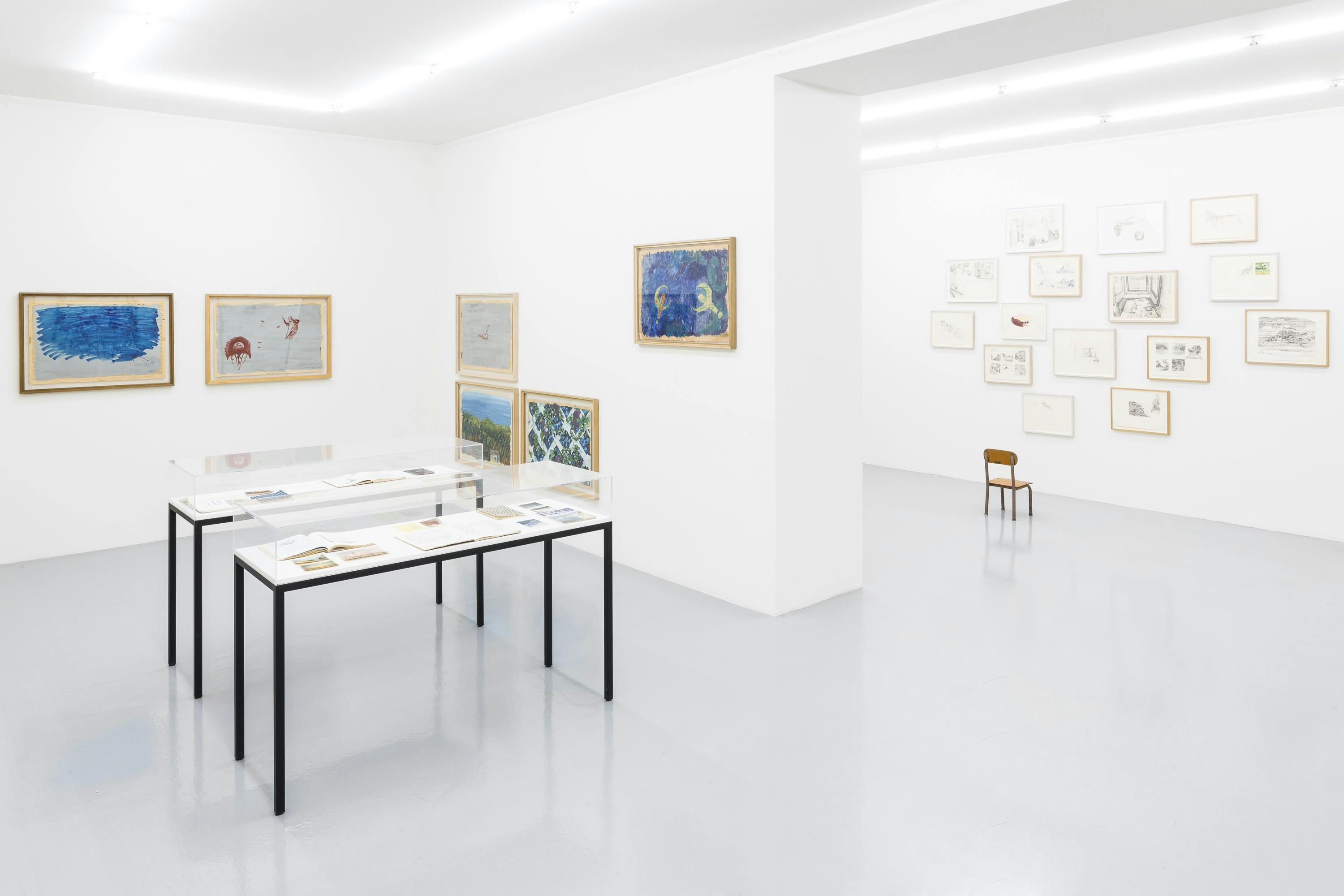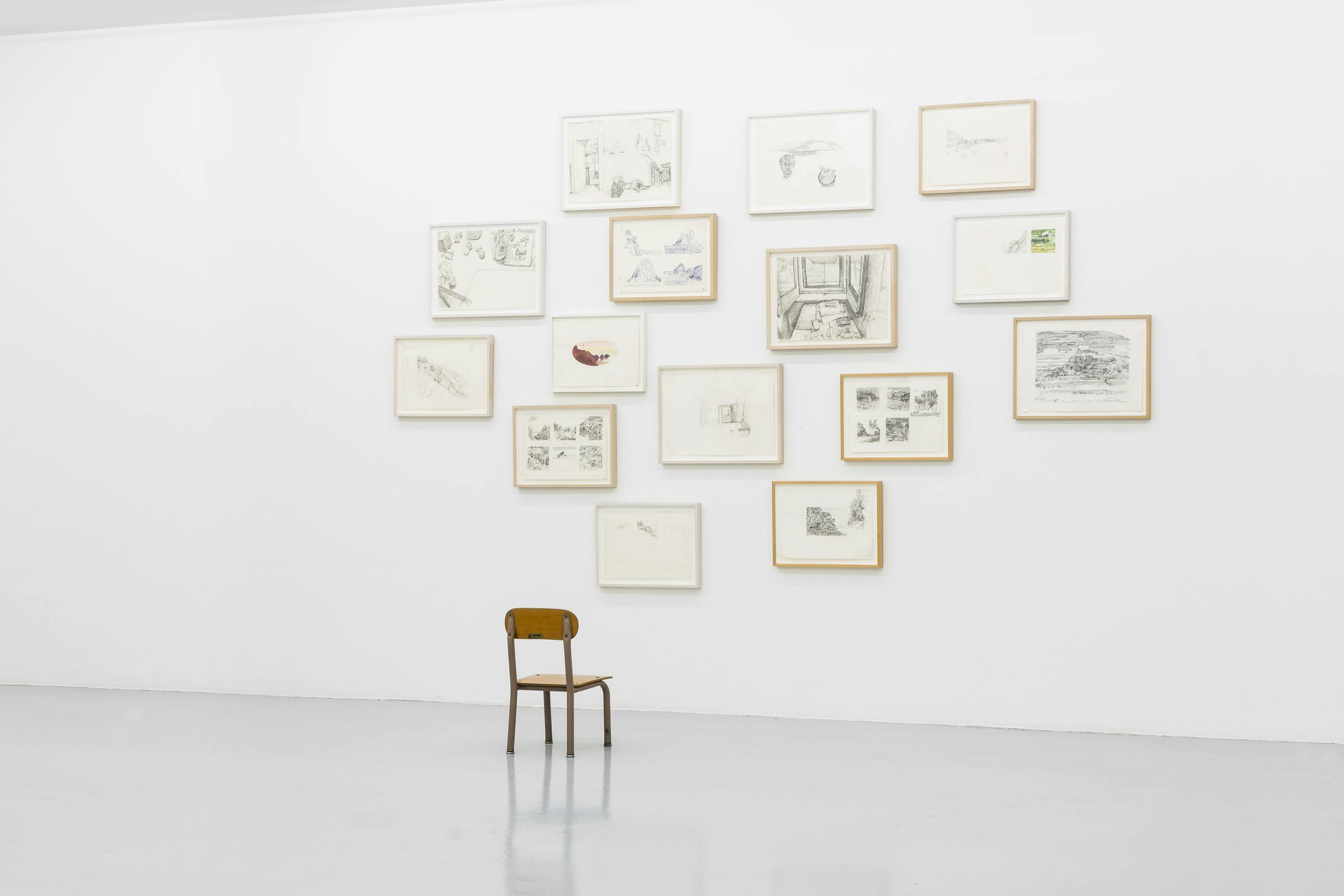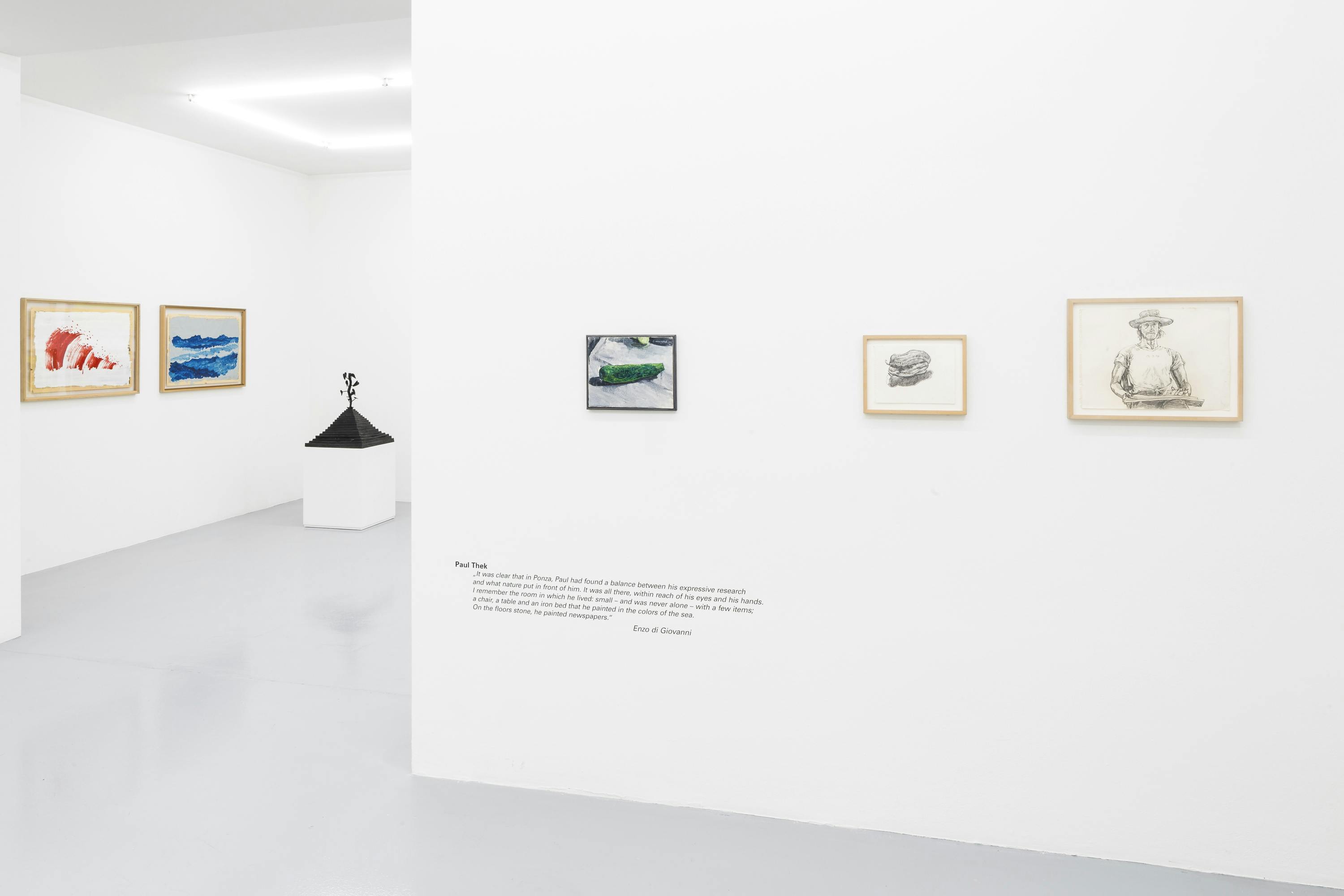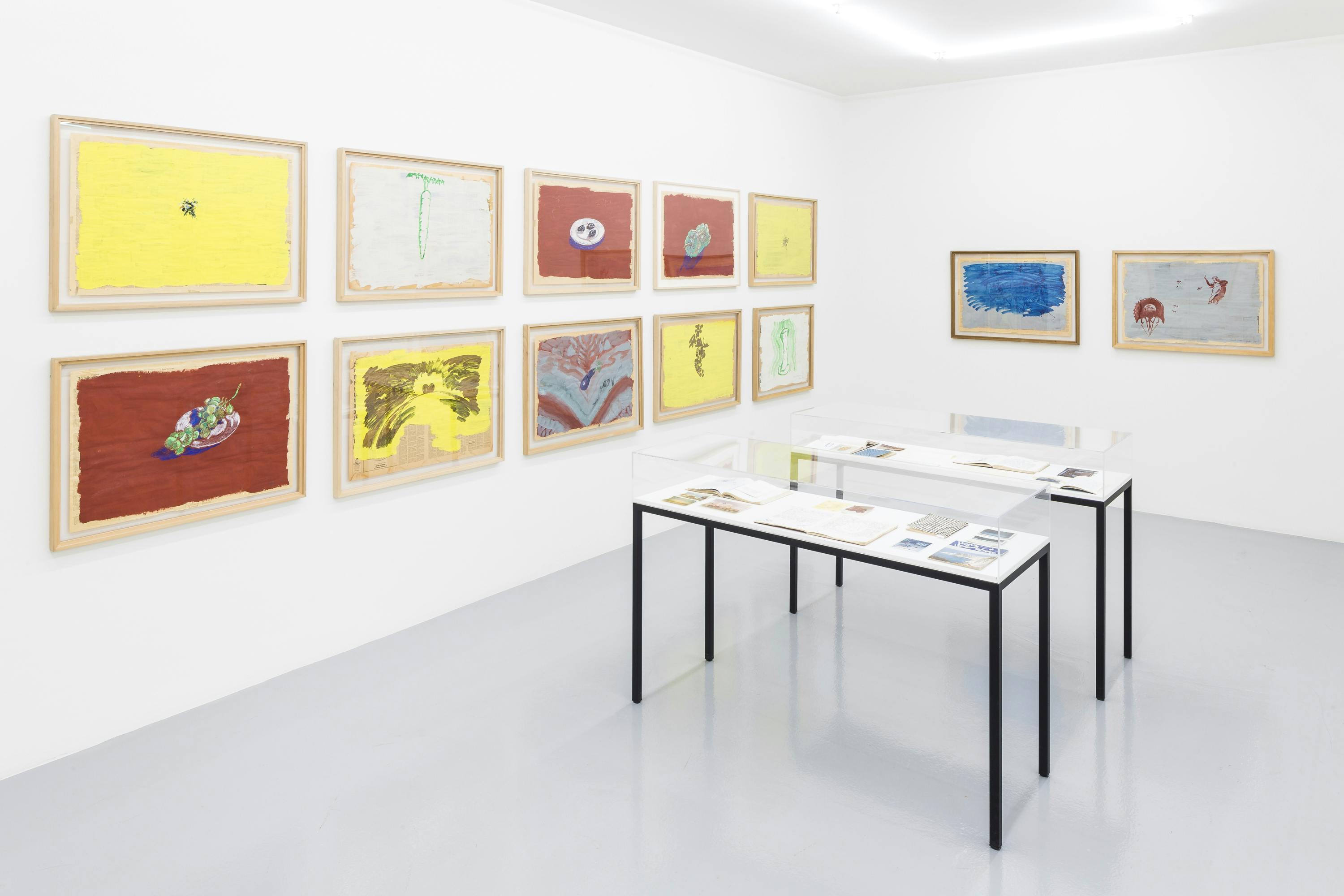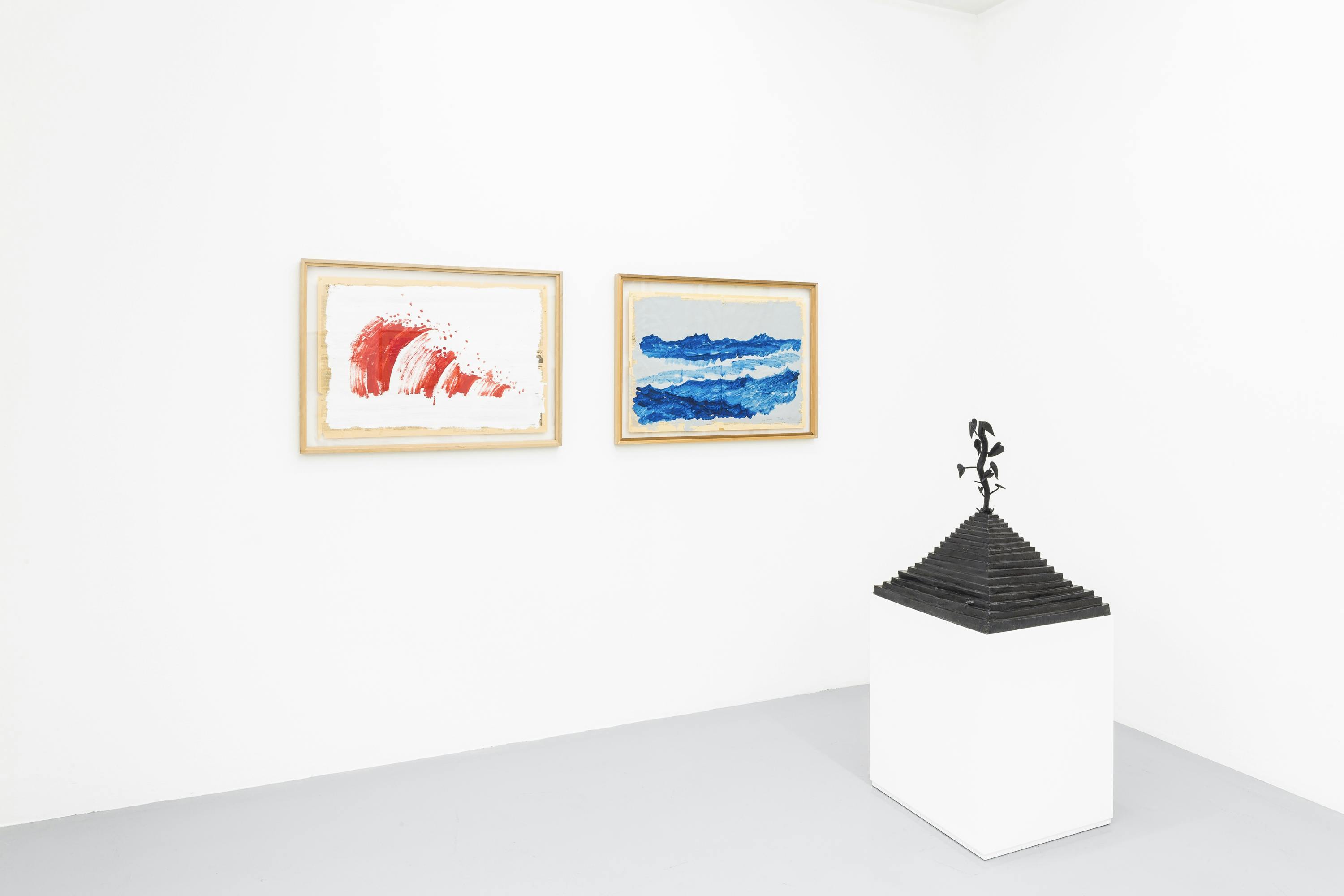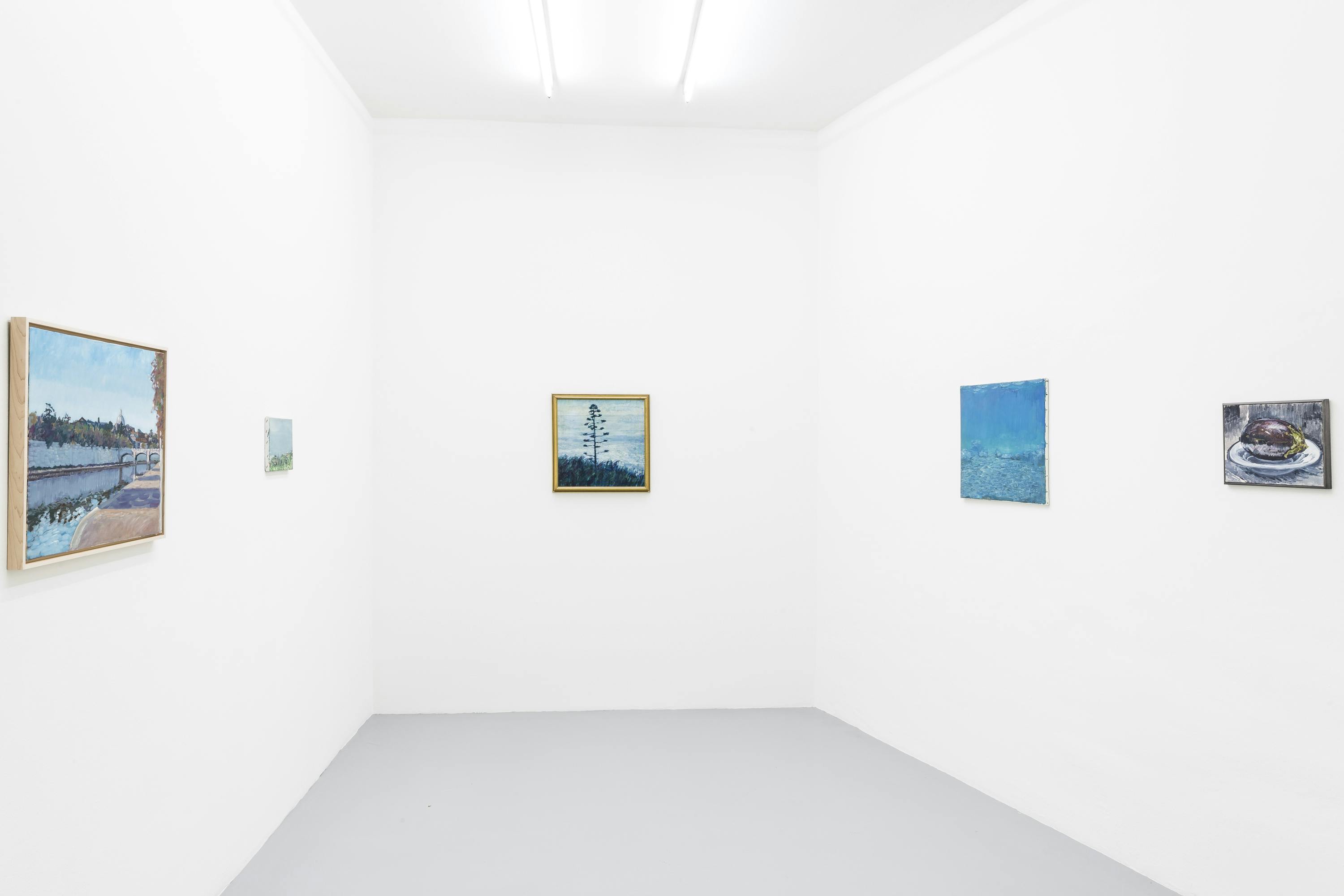Paul Thek (born 1933 in Brooklyn, NY; died 1988 in New York, NY) was one of the foremost artists of the postwar era. His unique place in art history may perhaps even be compared to that of Joseph Beuys. For, like Beuys, Thek extended the concept of the artwork and broadened perceptions of art and life. A deep sense of religion and the belief that art should serve society were a source of both inspiration and strength. Diver, the first major US retrospective exhibition dedicated to his oeuvre, toured America in 2010/2011. In early 2015, the Boijmans van Beuningen Museum in Rotterdam showed its collection of Thek’s works. The largest collection of works by Thek is held by the Kolumba Museum in Cologne.
Thek‘s Wax Meat Pieces, Technological Reliquaries and in particular his environments such as The Tomb attracted considerable attention in the USA, where he exhibited widely, as well as in Europe, where he took part in the 1968 documenta 4, the 1972 documenta 5 and the 1976 Venice Biennale as well as having exhibitions at the Stedelijk Museum Amsterdam, Kunstmuseum Luzern and Moderna Museet in Stockholm. Thek frequently used unconventional materials such as newspapers, sand and plants for his works, at risk of them being ephemeral, and he also liked to operate under his name as part of a collective.
In 1968, he visited the island of Ponza, between Naples and Sardinia, for the first time. In addition to the lengthy periods he spent living and working in Rome, Ponza soon became a favourite retreat where, especially during the 1970s, he produced many drawings, watercolours and paintings, often on pages of the International Herald Tribune. Amid his busy international exhibition schedule, Rome and Ponza were the two constants to which he returned time and again.
In a letter, Thek describes Ponza as a place where “eternal painting” is possible thanks to the positive effect the landscape has on him. And indeed, many of the works he created there possess a certain humour and levity that bear witness to the immensely powerful impact of the island, which nourished him spiritually and creatively. In one of his notebooks, he writes that he cannot live without the “special sweetness and purity” of Ponza.
For the exhibition Paul Thek Ponza and Roma, the works created in these two places take centre stage. This is the first exhibition of Paul Thek’s work to focus specifically on the aspect of his fruitful and intensely inspiring connection with the landscape and authenticity of life on this island where Paul Thek worked so happily.
The exhibition was created in close collaboration with the Alexander and Bonin gallery, New York, where an initial version was shown this year.






